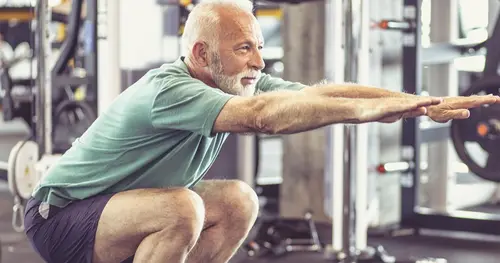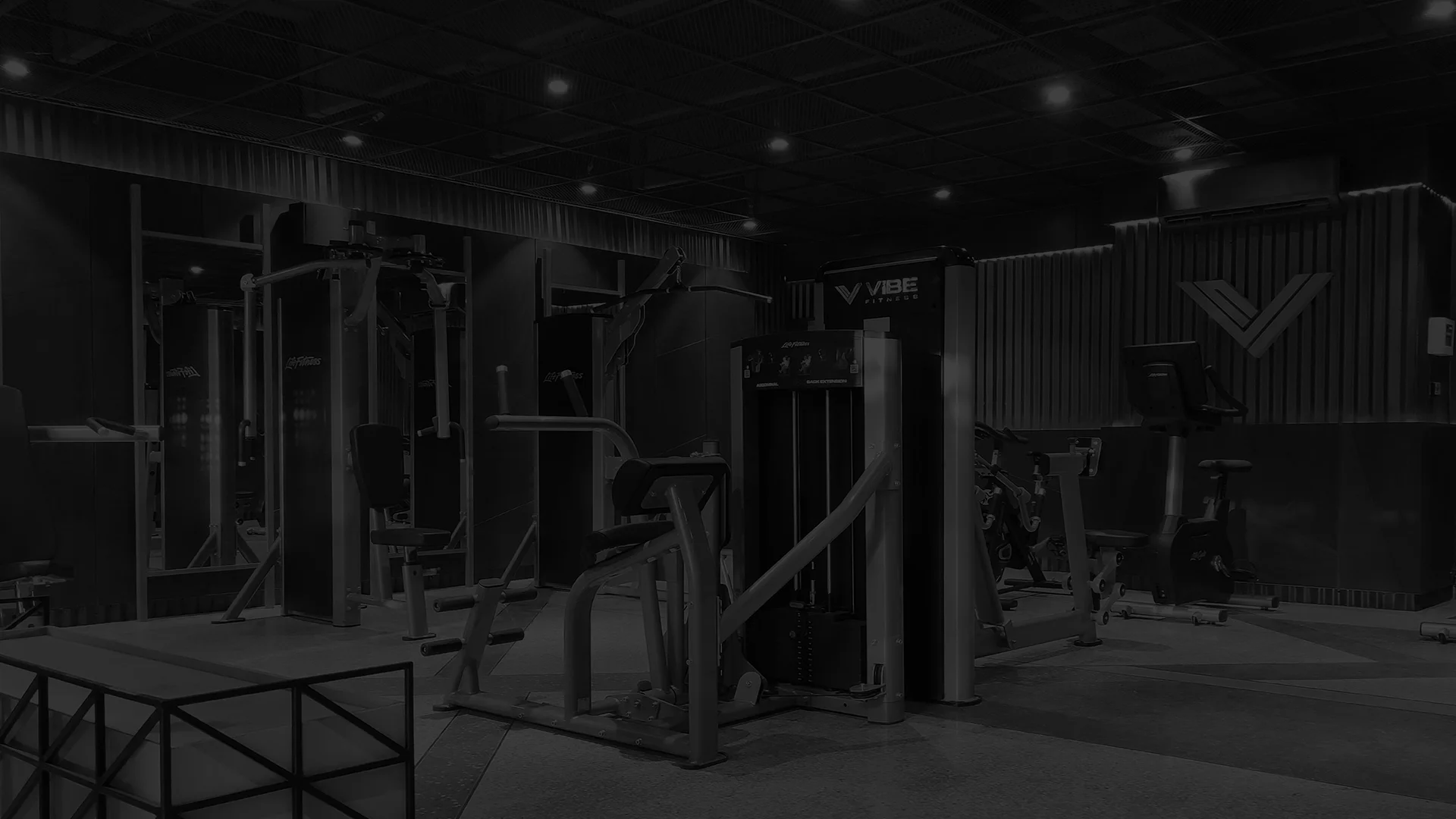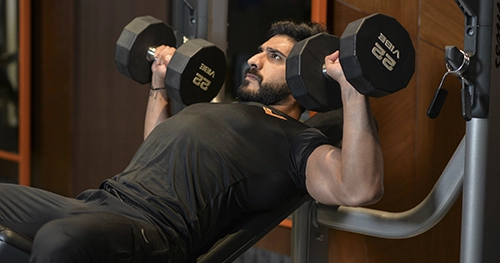
Staying active is a cornerstone of healthy aging. Regular exercise offers a multitude of benefits for seniors, including improved physical fitness, reduced risk of chronic diseases, and even a boost in mental well-being. This article dives deep into the world of senior citizen workouts, providing valuable tips on safe and effective exercises, along with crucial safety considerations. Whether you’re a senior just starting your fitness journey or looking to refine your existing routine, this guide will equip you with the knowledge and motivation to stay active and reap the rewards of daily exercise.

Benefits of Exercise for Seniors
Physical Health
Regular physical activity offers numerous benefits for seniors. It helps maintain healthy bones, muscles, and joints, reducing the risk of osteoporosis and arthritis. Exercise can also lower blood pressure, improve cholesterol levels, and reduce the risk of heart disease and stroke.
Mental Health
Exercise has a positive impact on mental health, reducing symptoms of depression and anxiety. It promotes better sleep, enhances cognitive function, and can help prevent cognitive decline.
Improved Balance and Flexibility
Strength and balance exercises can significantly reduce the risk of falls, which are a common concern for seniors. Improved flexibility can also make daily activities easier and more enjoyable.
Workout Tips for Seniors

Senior citizen workout is very crucial after passing a certain age. Daily exercise will help their muscles to stay active and the blood regulation will be improved. So we should motivate our elders and parents to workout on a daily basis.
1. Start Slow and Gradual
If you’re new to exercise or haven’t been active in a while, start slow. Begin with low-impact exercises and gradually increase the intensity and duration. This approach helps prevent injury and allows your body to adapt to the new routine.
2. Focus on Balance and Flexibility
Incorporate balance and flexibility exercises into your routine. Activities such as yoga and tai chi can improve balance, flexibility, and coordination, reducing the risk of falls.
3. Strength Training
Strength training is essential for maintaining muscle mass and bone density. Use light weights or resistance bands and focus on exercises that target major muscle groups. Aim for at least two days of strength training per week.
4. Cardiovascular Exercise
Engage in moderate cardiovascular exercise such as walking, swimming, or cycling. Aim for at least 150 minutes of moderate-intensity aerobic activity per week. Cardiovascular exercise helps improve heart health, endurance, and overall energy levels.
5. Stay Hydrated and Eat Well
Proper nutrition and hydration are crucial for effective workouts. Drink plenty of water before, during, and after exercise. Consume a balanced diet rich in fruits, vegetables, lean proteins, and whole grains to fuel your body and support recovery.
6. Listen to Your Body
Pay attention to your body’s signals. If you experience pain, dizziness, or shortness of breath, stop exercising and consult your healthcare provider. It’s important to differentiate between normal muscle soreness and potential injury.
7. Seek Professional Guidance
Consider working with a fitness trainer or physical therapist who specializes in senior fitness. They can create a personalized workout plan tailored to your specific needs and goals, ensuring safe and effective exercises.
Exercise for Seniors Above 60

Low-Impact Aerobics
Low-impact aerobics, such as water aerobics or gentle dance classes, provide an excellent cardiovascular workout without putting stress on the joints. These activities are ideal for seniors above 60.
Walking
Walking is a simple yet effective exercise that can be done anywhere. It’s gentle on the joints and can be easily incorporated into daily routines. Aim for brisk walking to increase heart rate and enhance cardiovascular benefits.
Swimming
Swimming is a fantastic full-body workout that’s easy on the joints. It improves cardiovascular fitness, strength, and flexibility. Swimming or water aerobics classes can be a fun and social way to stay active.
Chair Exercises
For those with limited mobility, chair exercises can be a great option. These exercises can be done while sitting and still provide benefits such as improved strength, flexibility, and circulation.
What is the Best Exercise for a Senior?
The best exercise for a senior depends on individual preferences, fitness levels, and any existing health conditions. However, a balanced routine that includes a mix of cardiovascular, strength, balance, and flexibility exercises is ideal. Here are some highly recommended exercises:
Tai Chi
Tai chi is a gentle martial art that involves slow, controlled movements. It improves balance, flexibility, and mental focus, making it an excellent choice for seniors.
Yoga
Yoga enhances flexibility, balance, and strength. It also promotes relaxation and mental clarity. There are various styles of yoga, so seniors can choose one that matches their fitness level and goals.
Resistance Band Workouts
Resistance band workouts are great for strength training. They are versatile, portable, and can be adjusted to different levels of resistance, making them suitable for seniors of all fitness levels.
Stationary Cycling
Stationary cycling provides a low-impact cardiovascular workout. It’s gentle on the knees and can be easily adjusted to match the individual’s fitness level.
Staying active is crucial for seniors to maintain their health, independence, and quality of life. By following these workout tips for seniors, incorporating a variety of exercises, and prioritising safety, seniors can enjoy the numerous physical and mental benefits of regular exercise. Remember to start slow, listen to your body, and seek professional guidance if needed. Embrace an active lifestyle and experience the positive impact it can have on your overall well-being.
Join Vibe Gym for Specialized Senior Workout Classes
You can join Vibe Gym for specialised workout classes designed specifically for seniors. These classes focus on improving strength, balance, flexibility, and overall fitness in a safe and supportive environment. Tailored to meet the unique needs of older adults, Vibe Gym’s senior fitness programs are led by experienced trainers who ensure each session is effective and enjoyable.
FAQs
Q: How to increase stamina after 70?
A: To increase stamina after 70, start with low-impact cardiovascular exercises such as walking, swimming, or cycling. Gradually increase the duration and intensity of your workouts. Consistency is key, so aim for at least 150 minutes of moderate aerobic activity each week. Additionally, include strength training exercises to build muscle endurance and support overall stamina.
Q: Should seniors exercise every day?
A: While daily exercise can be beneficial, it’s important for seniors to balance activity with rest and recovery. Aim for at least 150 minutes of moderate-intensity aerobic activity per week, along with two days of strength training. Incorporate balance and flexibility exercises as well. It’s also crucial to listen to your body and take rest days when needed to prevent overexertion and injury.
Q: How to strengthen muscles in old age?
A: Strengthening muscles in old age involves regular strength training exercises such as lifting light weights, using resistance bands, or performing body-weight exercises like squats and push-ups. Ensure proper form and start with lighter weights, gradually increasing as your strength improves. Combining these exercises with adequate protein intake and staying hydrated will also support muscle health.



